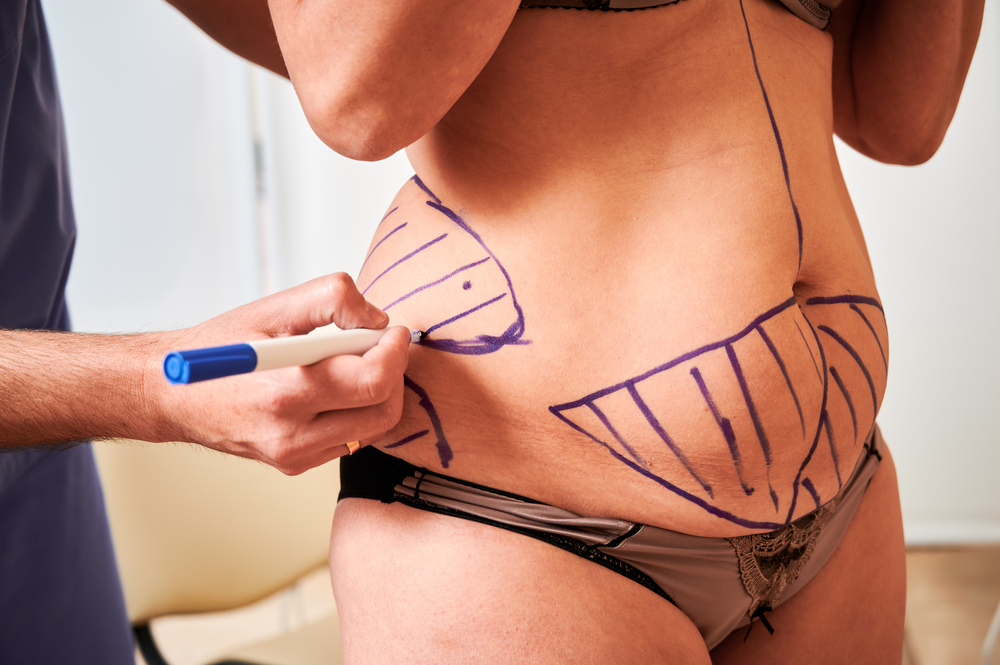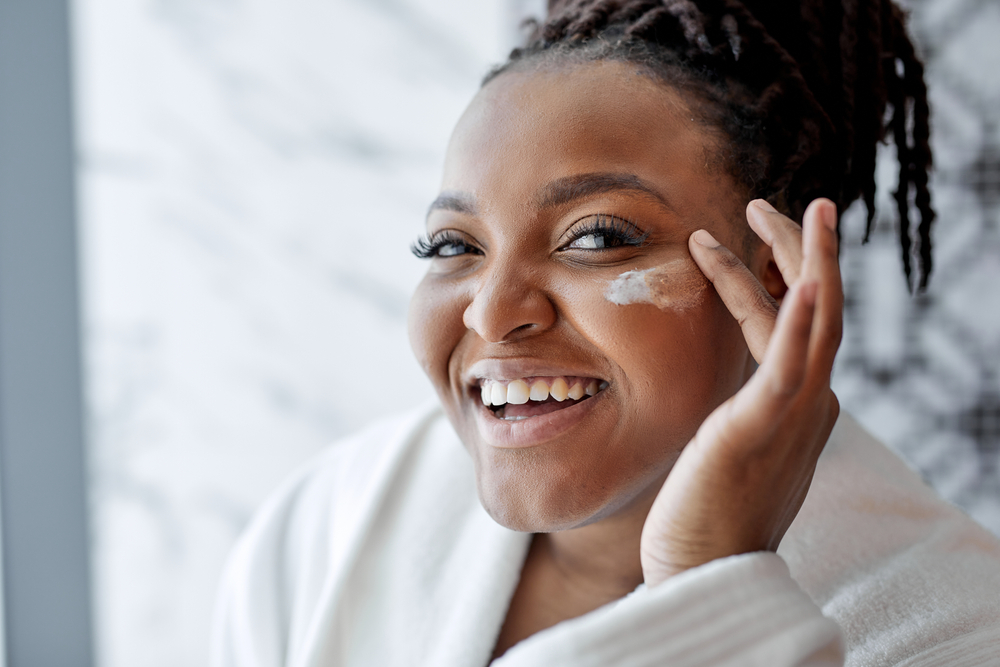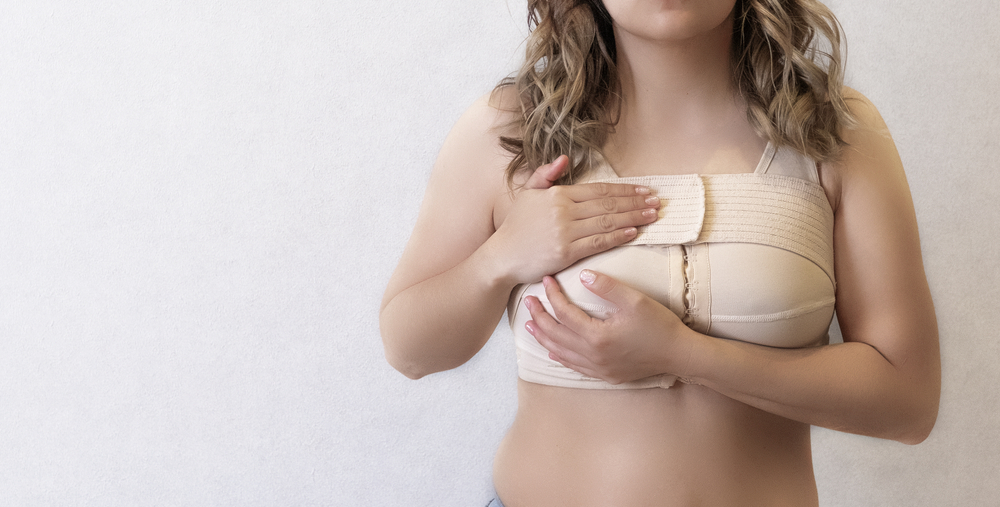
In this age of 21st century consumerism, people can find the best price for a TV with a single swipe of their iPhone. There are no borders within our digital world, and you can find anything anywhere at any price. While this reality has benefits when searching for a new TV, price shopping plastic surgery is not wise.
For better or for worse, the medical tourism industry in plastic surgery is booming. People flock to Miami, Dominican Republic, Mexico and Central and South America for cheaper plastic surgery. While procedures can turn out well for some, there are ample horror stories that aren’t displayed on the flashy Intragram and SM pages of many of these high-volume chop shops.
The plastic surgery community in the United States has been battling this issue for some time now, and we have been left to try and salvage a procedure gone awry. What I personally see quite a bit is a patient gets on an airplane to one of these international destinations, has far too much surgery in one setting (tummy tuck, BBL or Brazilian buttlift, and mastopexy augmentation for example) and then flies back a week later. There is NO follow up. There is no recourse for the patient in the context of complications, and there is absolutely no professional or legal accountability in place.
Not surprisingly, when you Google “Brazilian Buttlift Charlotte,” the first listing that pops up is a hospital in Tijuana Mexico specializing in both bariatric or weight loss surgery and plastic surgery. While there are many fine physicians there and throughout central and South America, the medical tourism model has very real and potential flaws that cannot be easily bypassed. Case in point is the recent news and subsequent CDC warnings regarding an outbreak of multi-drug resistant Pseudomonas:
“Nearly a dozen Americans who had surgery in Tijuana, Mexico, have returned home with dangerous antibiotic-resistant infections, the US Centers for Disease Control and Prevention said Wednesday. All of the travelers diagnosed with the life-threatening bacteria, carbapenem-resistant Pseudomonas aeruginosa or CRPA, had undergone invasive medical procedures. ‘Infections caused by this particular drug-resistant Pseudomonas are rare in the United States and difficult to treat,’ the CDC said.” –Sandee LaMotte, CNN
The issues at large behind drug resistance patterns isn’t just a problem for developing countries: it’s a global problem that has to be taken very seriously. This will require tight regulatory controls of medical facilities, antibiotic usage, etc. My family has been heavily involved in infectious disease or “tropical medicine” and the WHO-levels of public health policy, so despite being “just a plastic surgeon,” I am acutely aware of what is at stake.
So, the take home message is when shopping for your body in the name of plastic surgery, please consider all the variables at play, and do not simply fall for price and/or some slick, social media hustle that flashes up on your phone. Take it slow and think this through.










